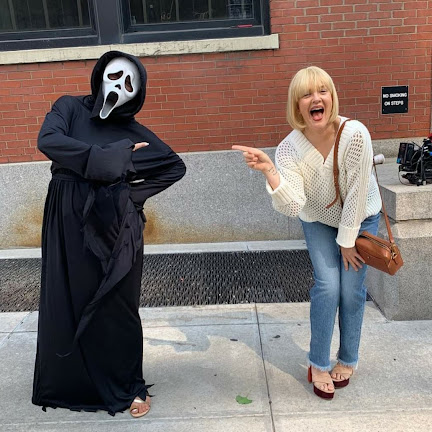The Periodic Table
Cards (16)
- In the periodic table groups are arranged in order of increasing atomic number, it tells you the number of electrons in the outer shell
- The periods in the periodic table tells you the number of shells the atom has
- The mass number tells you the number of protons and neutrons in the nucleus.
- The atomic number tells you how many protons an atom has.
- Transition metals compared to Alkali metals
- Harder and stronger
- Higher melting points
- Higher densities
- Less reactive
- Properties of Alkali metals
- Low density
- Soft and shiny
- Increasing reactivity
- Low melting and boiling points
- What are group 0 elements called?Noble gases
- What are group 7 elements called?Halogens
- How does the reactivity change moving down from Group 1?It increases because the electron is easily lost
- How does the reactivity change moving down from group 7?It decreases because the atomic mass increases
- Describe 2 changes that Mendeleev made to early periodic tables?
- He left gaps to ensure that elements of similar properties stayed in the same group
- He switched the order of the elements based on their properties
- Properties of Noble Gases:
- Full outer shell (except from Helium) - inert
- Colourless at room temperature
- Non-flammable
- Increasing boiling point
- What would I observe if Lithium reacted with water?
- Lithium floats on the water
- It fizzes giving off hydrogen gas
- It dissolves into the water
- What I observe if sodium reacts with water?
- Dissolves to form a ball that moves around on the surface
- Fizzes rapidly giving off hydrogen gas
- What would I observe if potassium reacted with water?
- Potassium floats on the surface and melts
- Produces a lilac flame
- Fizzes rapidly giving off hydrogen gas
- Appearances of the halogens:
- Fluorine - Yellow gas, however colourless in a solution
- Chlorine - Pale yellow-green gas, however pale green in a solution
- Bromine - Red-brown liquid, however orange in a solution
- Iodine - Grey solid, however dark brown in a solution
